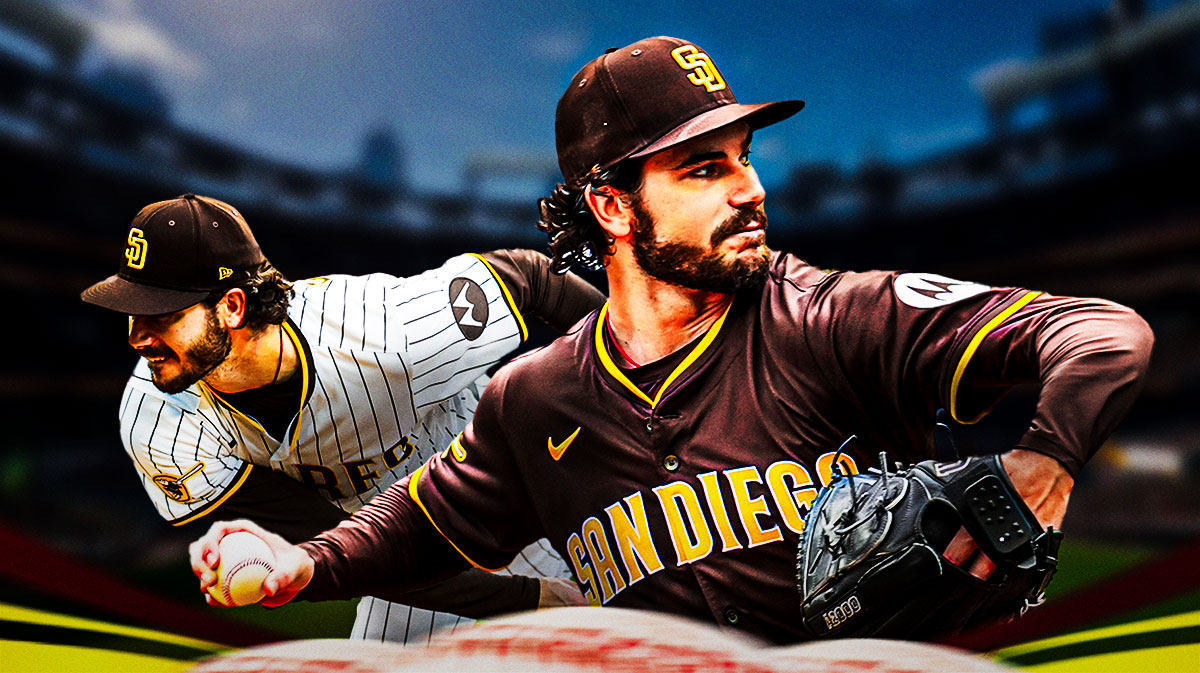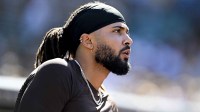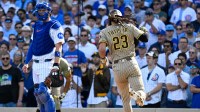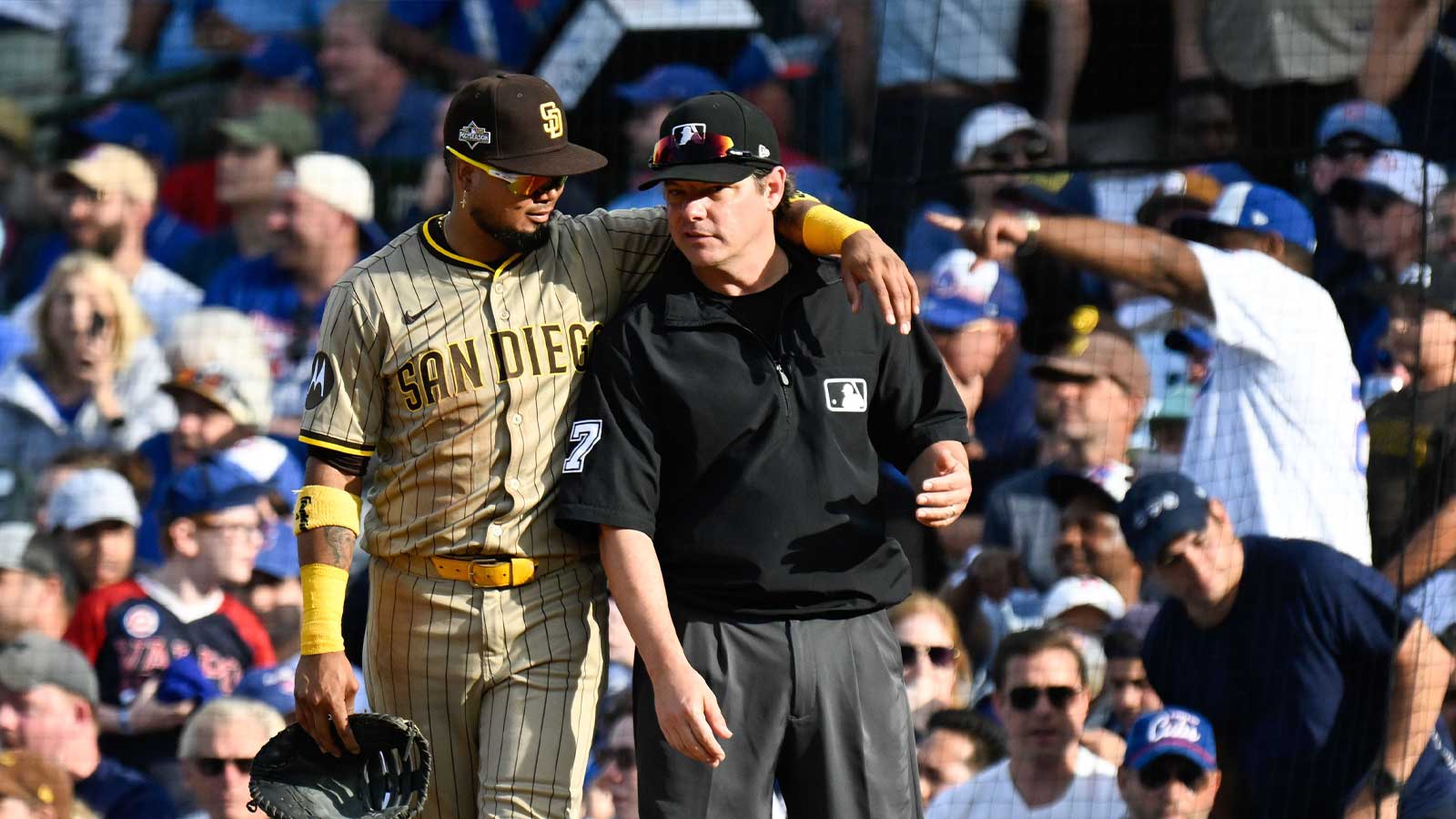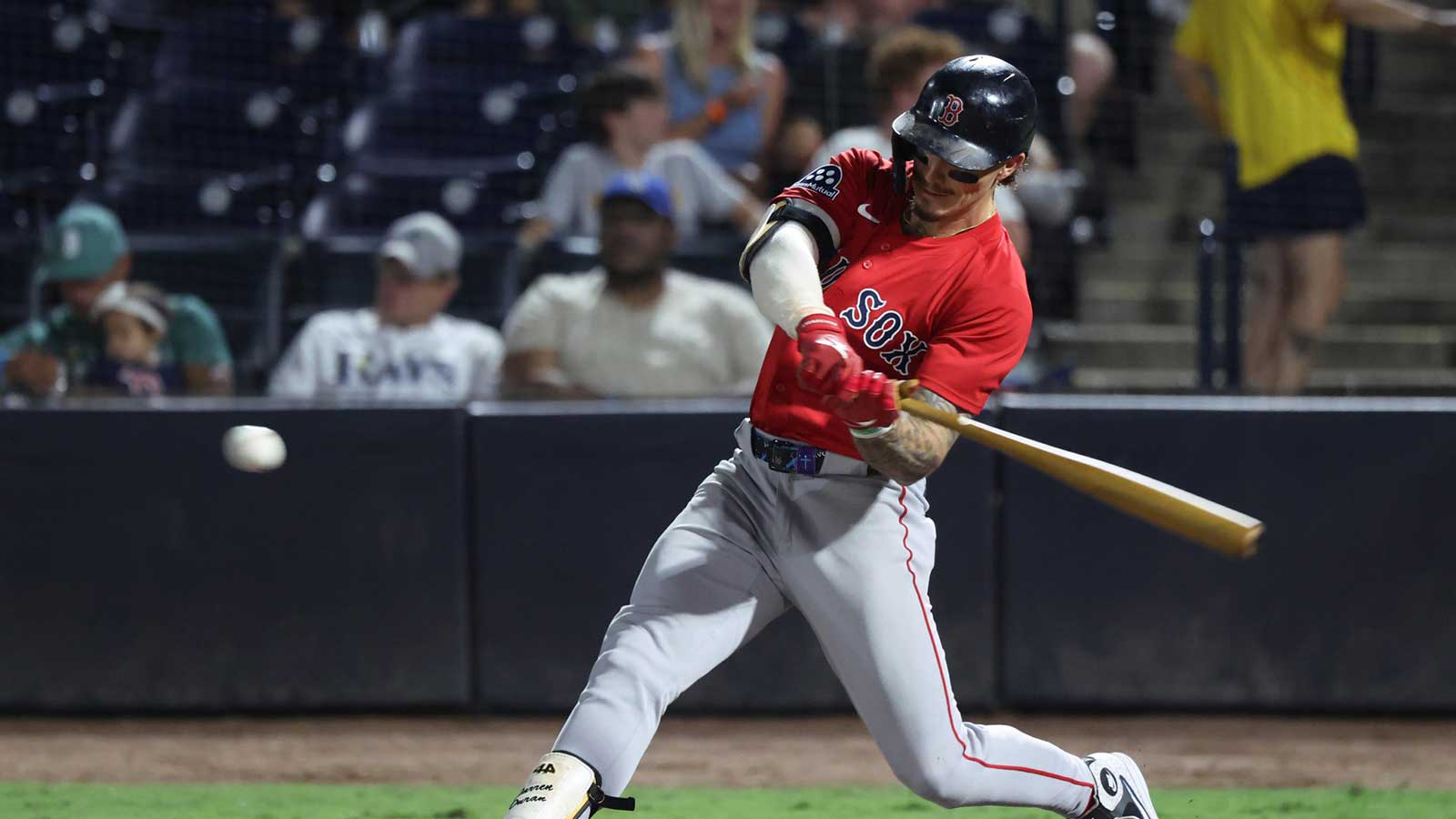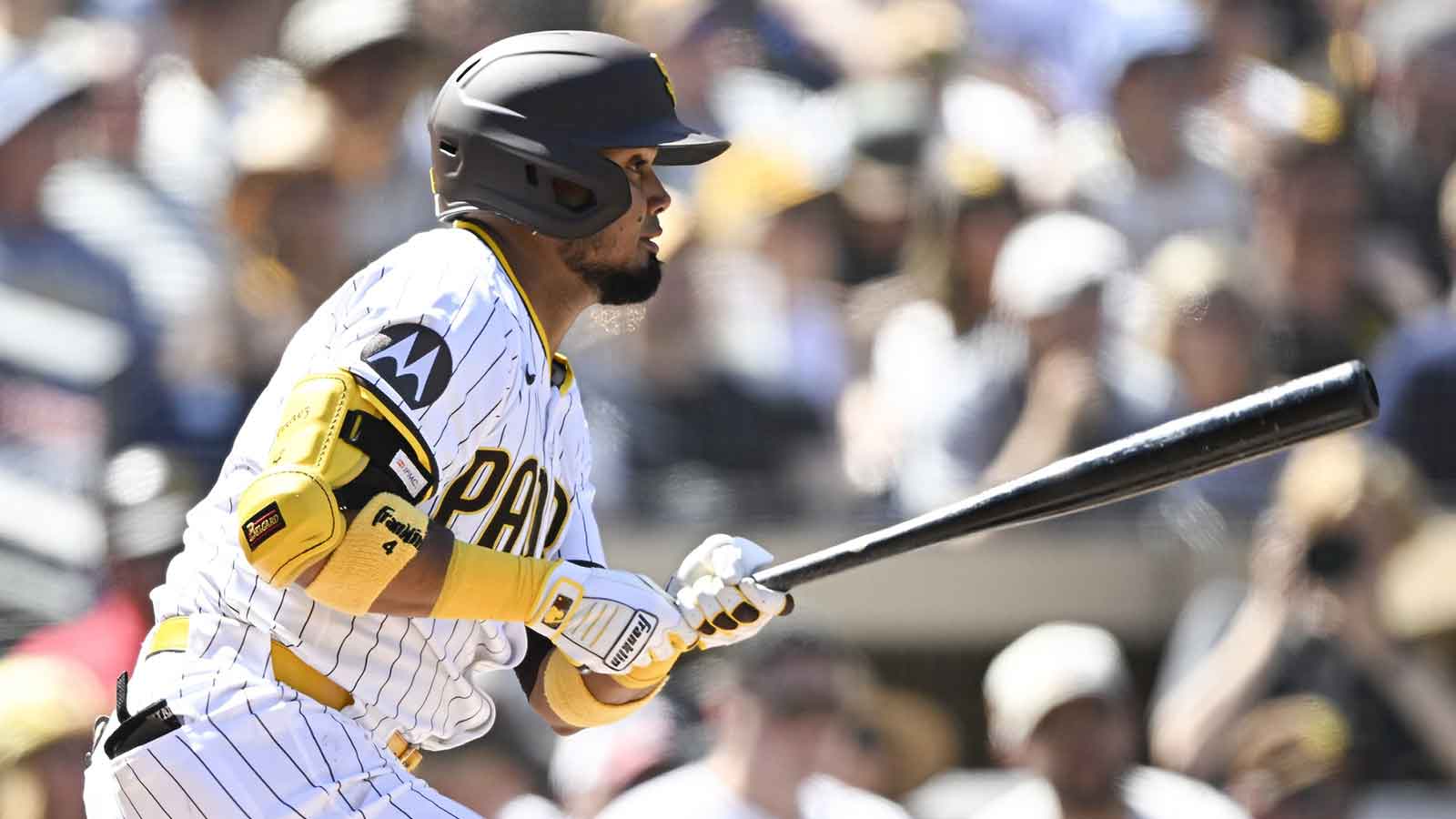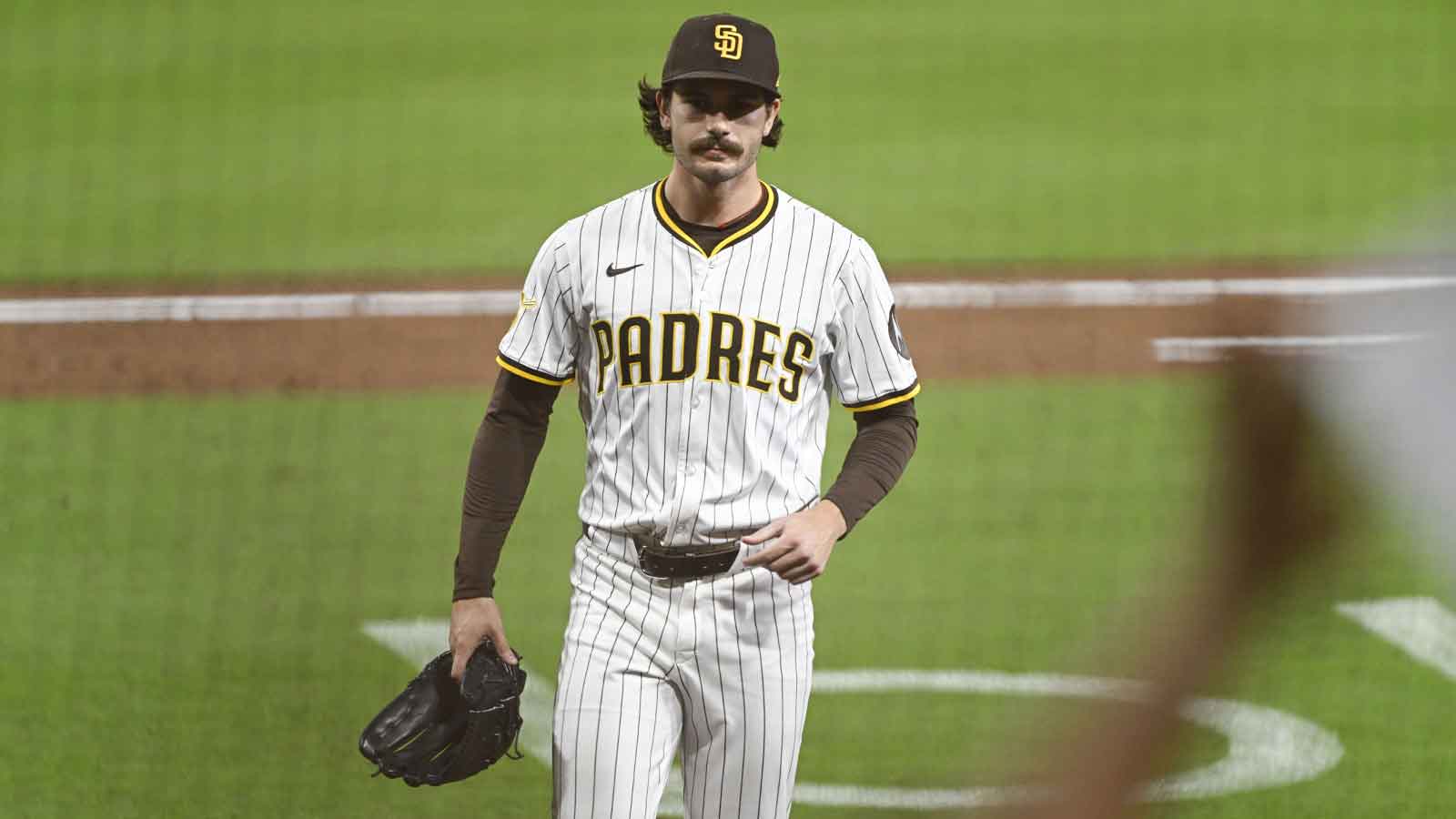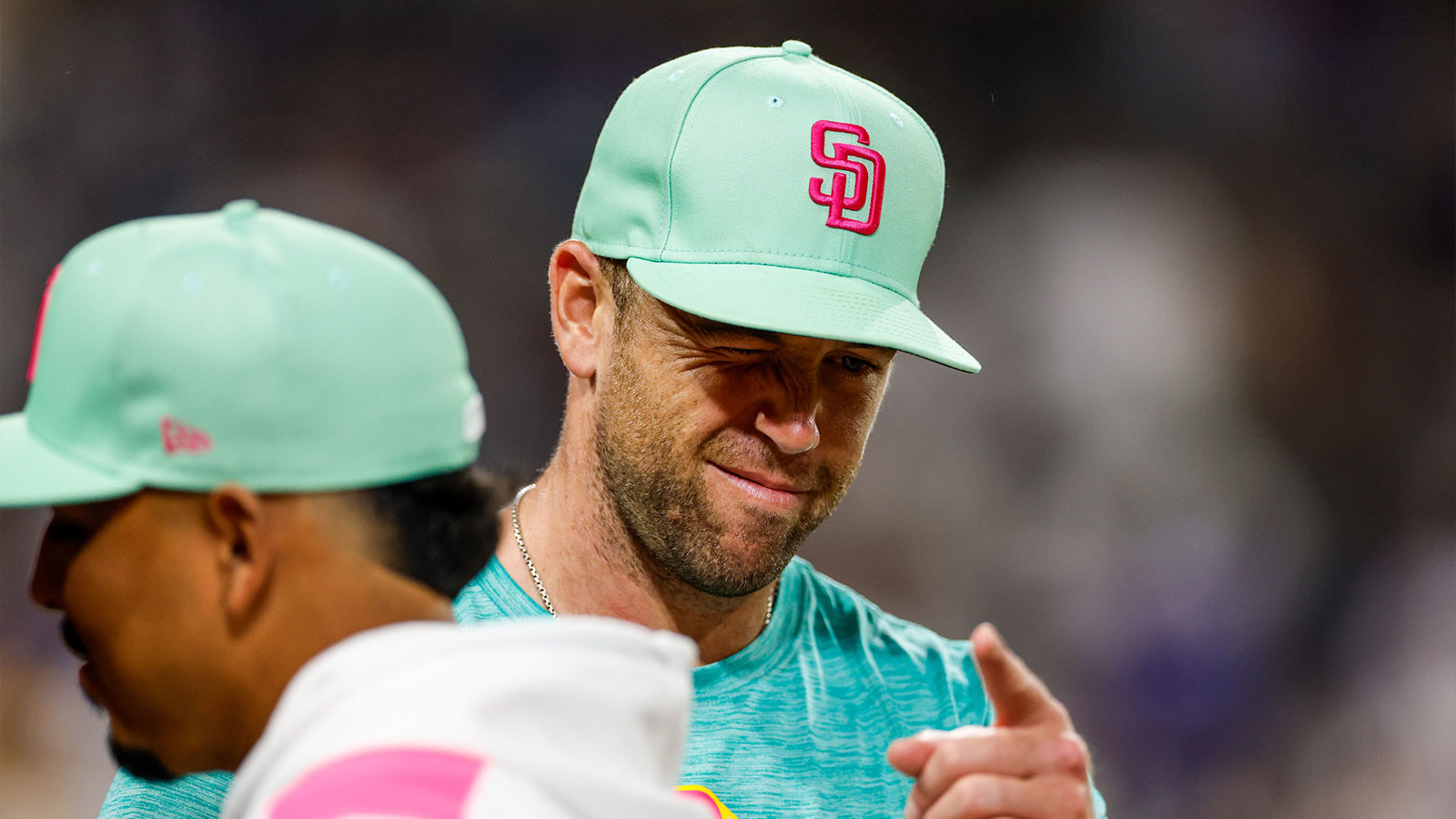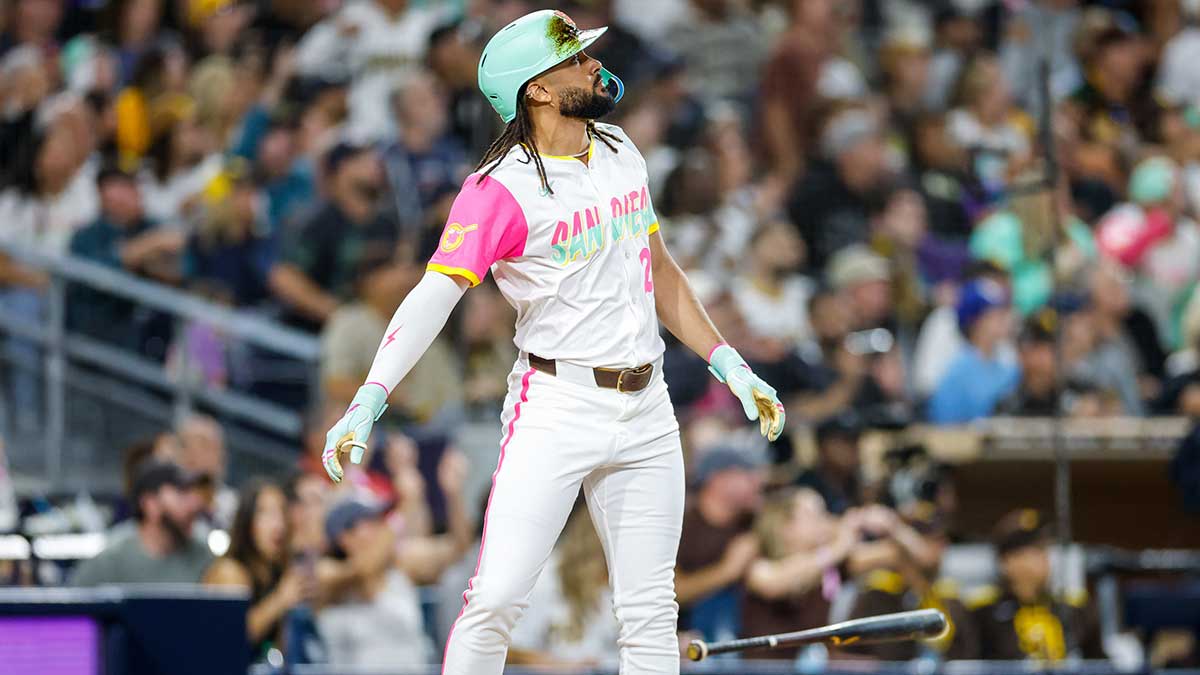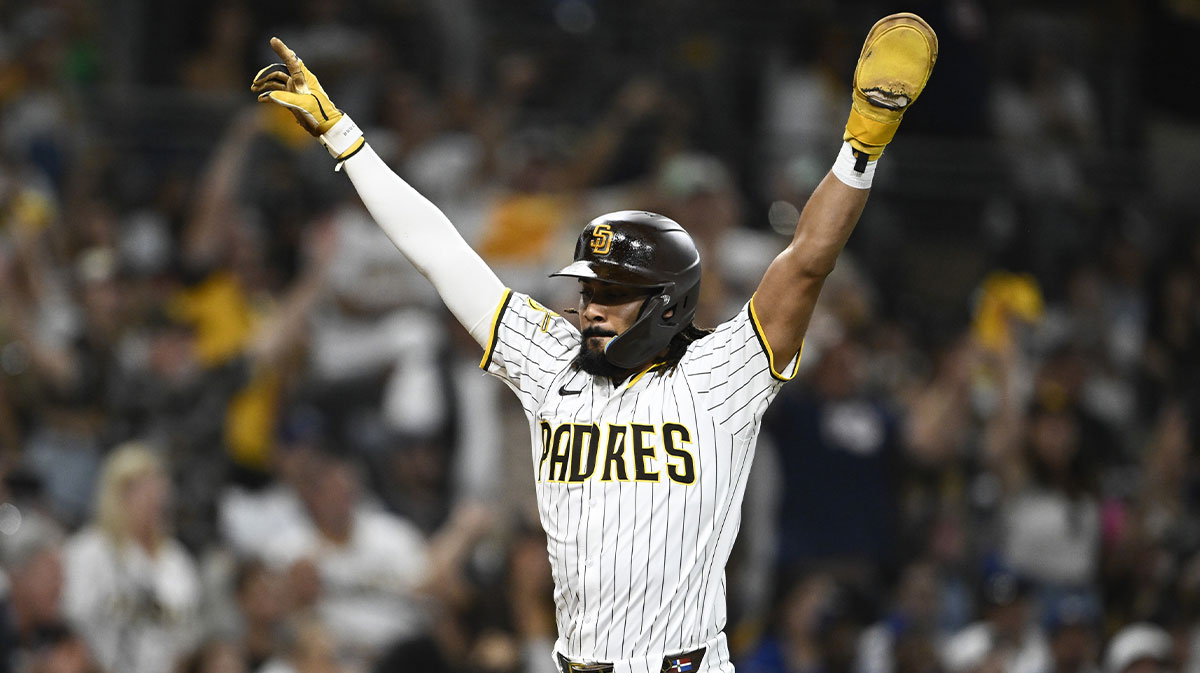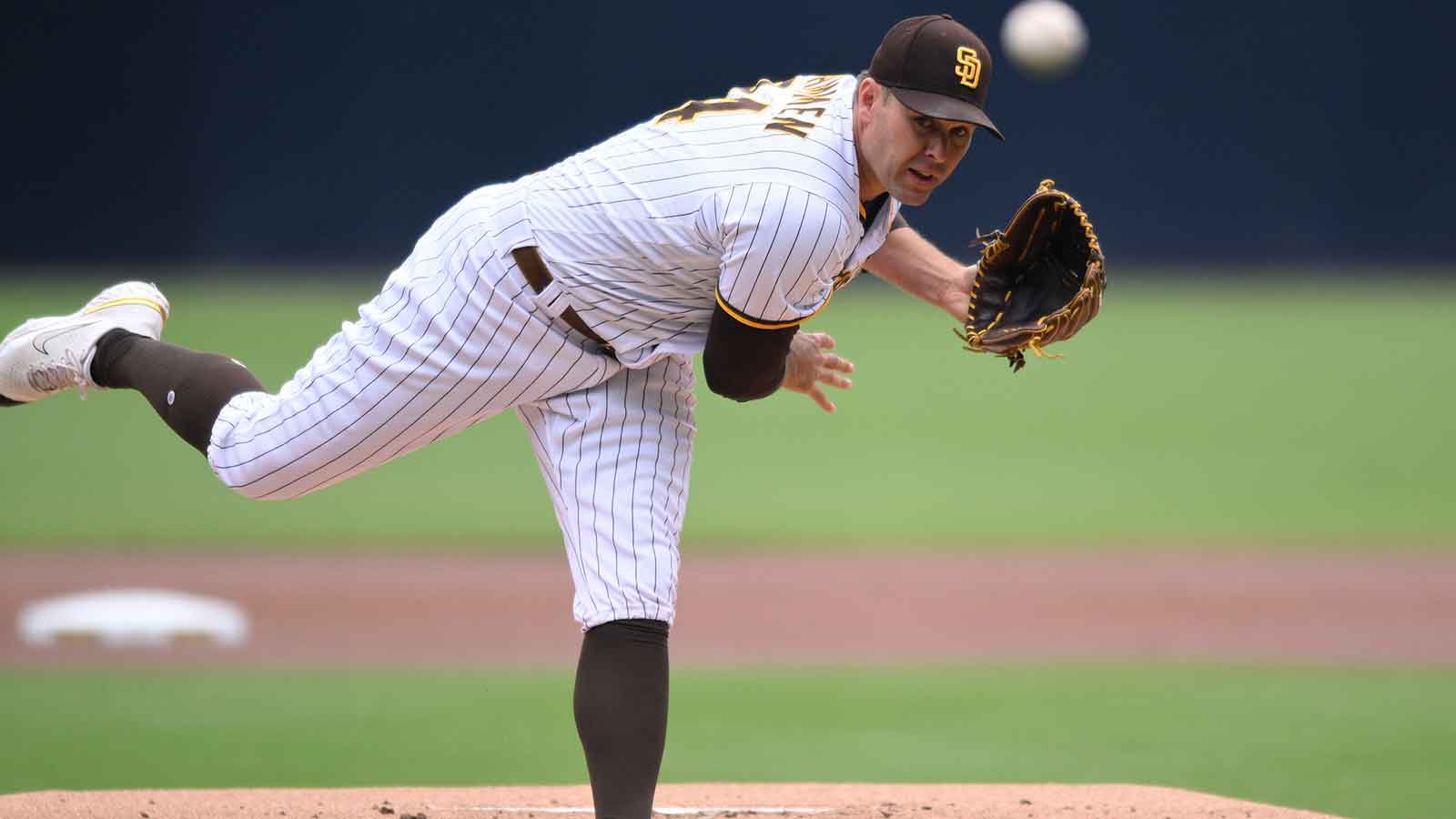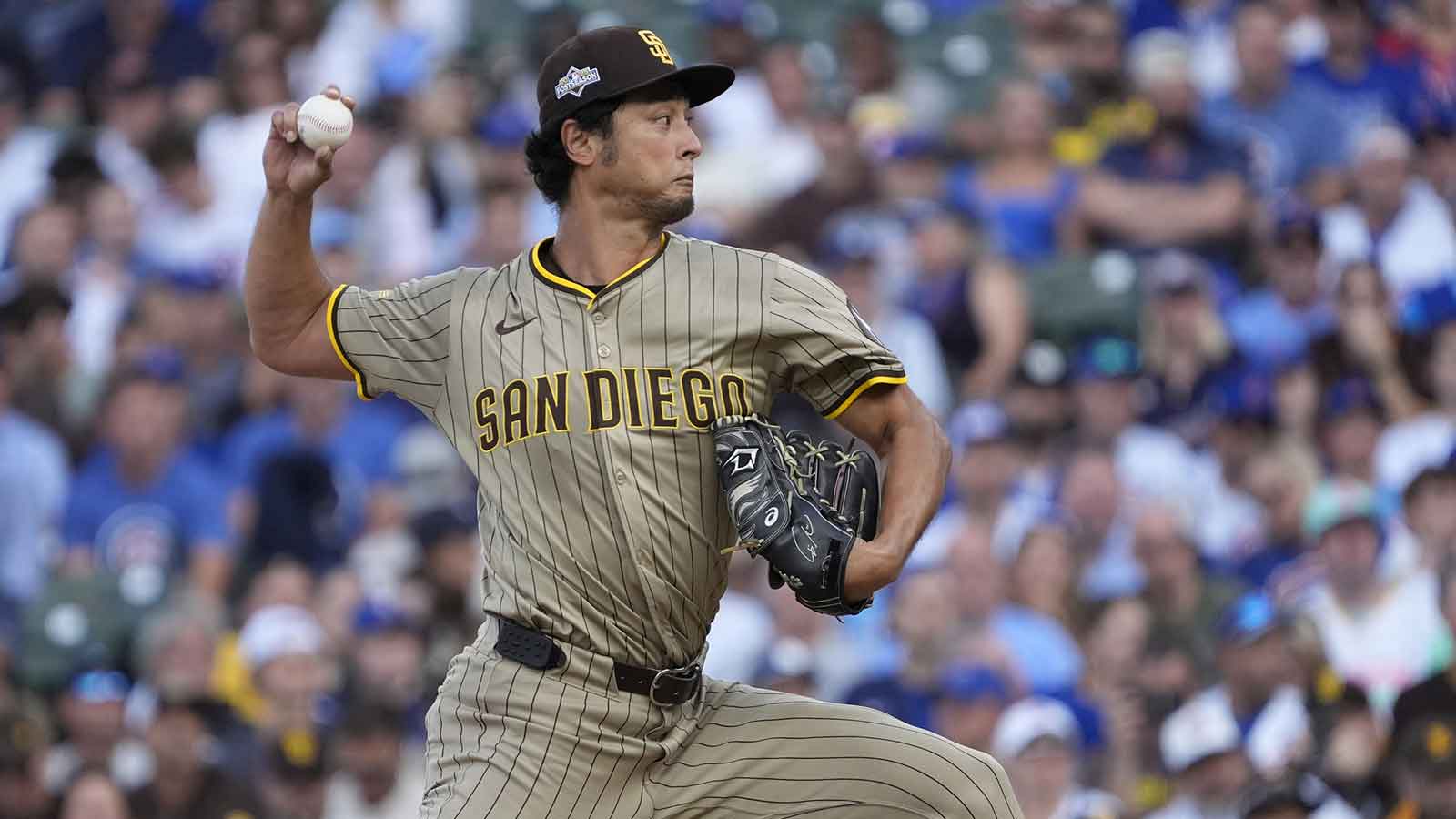The San Diego Padres enter the 2025 season with a roster brimming with star power and one of the league’s most dynamic infields. Yet, as the trade deadline approaches, the Padres find themselves at a crossroads: balancing a competitive present with a sustainable future. The front office, led by A.J. Preller, has never shied away from bold moves, and this year is no different. If the Padres want to maximize their window while maintaining long-term flexibility, the player they must trade before the 2025 deadline is right-handed starter Dylan Cease.
The Case for Trading Dylan Cease
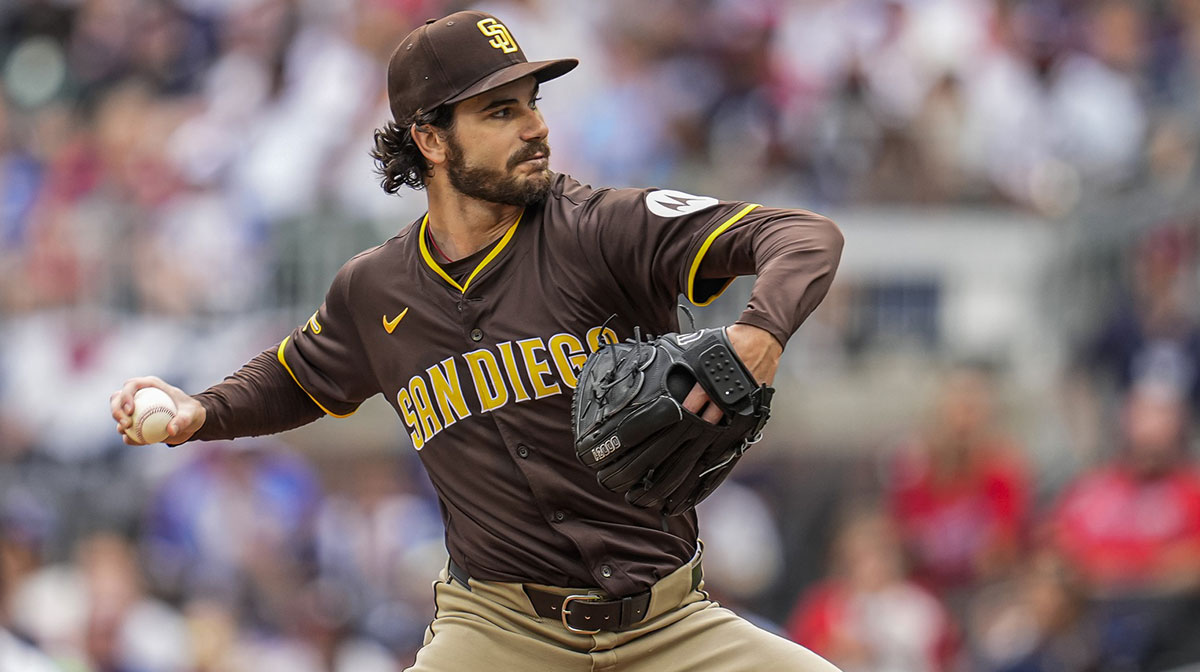
Cease, acquired before the 2024 campaign, has been a valuable member of the rotation. His electric fastball and strikeout ability have made him a mainstay, but his contract situation and the Padres’ evolving needs make him the most logical candidate to move. Cease is under team control only through 2025, and with free agency looming, his value may never be higher. The Padres, who have already invested heavily in their rotation, featuring Michael King, Nick Pivetta, and the soon-to-return Yu Darvish, can afford to deal from this area of strength.
Moreover, the Padres’ payroll is a constant concern. Trading Cease, who is projected to earn around $13.7 million this season, would provide much-needed financial flexibility, potentially keeping the team under the luxury tax threshold. This is particularly important for a franchise that has seen its farm system depleted by recent blockbuster trades, yet still boasts a few elite prospects who could be used to restock the pipeline or as centerpiece assets in a major deal.
Cease’s performance, while occasionally inconsistent, has kept him in the conversation as a frontline starter. Over the last four seasons, he’s posted a 3.52 ERA with 11.2 strikeouts per nine innings. For a contending team in need of pitching, he represents a high-upside rental with the potential to alter a postseason race. The Padres, meanwhile, have internal options and a top-heavy roster that could absorb the loss, especially if it means acquiring young, controllable talent to bolster their depth.
The Trade Proposal
The ideal trade partner is a team with playoff aspirations and a clear need for an impact starter. The Toronto Blue Jays fit this profile perfectly. They have been aggressive in recent offseasons, are seeking to keep pace in the AL East, and possess the prospect capital to make a deal happen.
San Diego Padres receive:
-
LHP Ricky Tiedemann (Blue Jays’ No. 2 prospect)
-
RHP Yariel Rodríguez
Toronto Blue Jays receive:
- RHP Dylan Cease
This trade is rooted in both recent speculation and logical fit. Tiedemann, despite recent injury woes, remains one of the most promising left-handed pitching prospects in baseball. Rodríguez, a hard-throwing righty, gives the Padres a major league-ready arm with upside. For Toronto, acquiring Cease would solidify their rotation for a playoff push, and his expiring contract lines up with their current competitive window.
Tiedemann’s inclusion is significant. Ranked as the Blue Jays’ No. 2 prospect, he features a mid-90s fastball, a wipeout slider, and a developing changeup. Injuries have slowed his ascent, but his ceiling is that of a frontline starter. The Padres, whose top prospects are currently headlined by 18-year-old shortstop Leo De Vries and catcher Ethan Salas, could use another high-upside arm to complement their system. Rodríguez, meanwhile, offers immediate help as a swingman or back-end starter, easing the loss of Cease in the short term.
Moving Cease would not leave the Padres barren. Michael King, Nick Pivetta, Randy Vasquez, and the returning Yu Darvish form a solid core. Matt Waldron, nearing a return from injury, adds further depth. The potential arrival of a prospect like Tiedemann by late 2025 or 2026 would help bridge the gap between the current core and the next generation of Padres pitching talent.
Shedding Cease’s salary is not just about the luxury tax; it’s about flexibility. The Padres could use the savings to address other needs, such as bullpen depth or an outfield upgrade, at the deadline. Additionally, acquiring Tiedemann and Rodríguez, both under team control for years, would provide cost certainty and roster stability.
Trading Dylan Cease is not a sign of surrender. Instead, it’s a calculated move that aligns with the Padres’ dual mandate: contend now while building for the future. By targeting a team like the Blue Jays, the Padres can extract maximum value for a pitcher whose time in San Diego may be limited. The return of a top pitching prospect and a major league-ready arm would replenish the system and keep the Padres competitive for years to come.
In a season where every move is magnified, dealing Cease before the 2025 deadline is the bold, forward-thinking decision the Padres must make. It’s a trade that balances risk and reward, present and future a hallmark of the Preller era in San Diego.

